Cardinal Bertone: The Ambitious
Tarcisio Bertone (78) comes into the spotlight this week, as head of the “Camera Apostolica” (Apostolic Chamber). As in 2005, he is still considered “papabile”.
Bertone was Benedict XVI.’s “Head of Government” and is certainly not exempt from criticism within the Vatican. As Secretary of State, the Cardinal was kind of a right-hand of the Pope. Bertone is regarded as down-to-earth and open-minded. Since 2007 he is the Camerlengo (Cardinal Chamberlain).
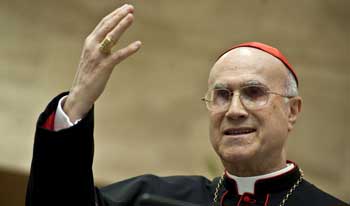
Tarcisio Bertone, born on December 2, 1934, grew up with seven brothers and joined the order of the Salesians of Don Bosco at the age of 16. After his ordination in 1960, he earned his doctorate in Canon law and taught for several years at the Pontifical Salesian University as well as at the Lateran University.
He was one of the revisers of the new code of Canon law, published in 1983. In 1991 John Paul II. appointed him Archbishop of the small Piedmontese Archdiocese of Vercelli, but just four years later he moved to the Congregation of the Faith in Rome. There he was the secretary of prefect Cardinal Joseph Ratzinger, was appointed Archbishop of Genua in December 2002, and is a Cardinal since 2003.

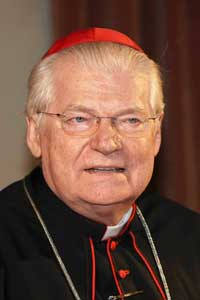
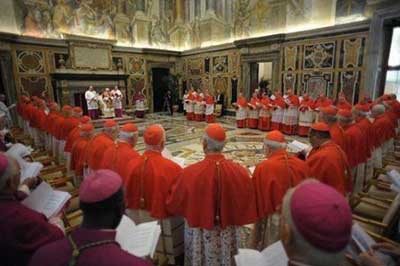
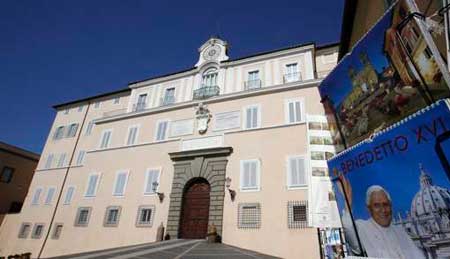
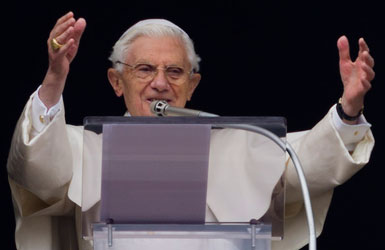 As on how the outgoing Pope should be addressed in the future, had been discussed over and over again. “Emeritus Bishop of Rome” was a hot favourite. Lombardi also said, the 85 Ratzinger will wear a “simple white cassock” after February 28. While he will no longer wear his trademark red shoes, Benedict has taken a liking to a pair of hand-crafted brown loafers made for him by artisans in Leon, Mexico, and given to him during his 2012 visit.
As on how the outgoing Pope should be addressed in the future, had been discussed over and over again. “Emeritus Bishop of Rome” was a hot favourite. Lombardi also said, the 85 Ratzinger will wear a “simple white cassock” after February 28. While he will no longer wear his trademark red shoes, Benedict has taken a liking to a pair of hand-crafted brown loafers made for him by artisans in Leon, Mexico, and given to him during his 2012 visit.